How To Choose The Most Suitable Egg Collection Machine?
Egg collection machine is increasingly used by poultry farmers to improve efficiency and reduce labor costs, following the fast development of intensive farming and the popularization of automation. Especially the automatic egg collecting machine becomes a must for medium to large-scale chicken farms. Semi-automatic egg collection machine is welcomed by medium-scale farms, while some small-scale chicken farms may still choose manual work of egg collecting. Chicken farmers may be curious about which one fits their needs. Today, we are going to help you analyze how to choose the most suitable egg collection machine from multiple angles, including breeding scale, equipment performance, budget planning, and brand selection.

Key issues to be clear before buying egg collecting machine
It is essential to figure out the core needs for the egg collection equipment based on real situations. Key issues include breeding scale, type of chicken house, size of the chicken house, and the target market needs.
Advised choice based on breeding scale per day
Small farms (< 2,000 birds): manual or semi-automatic egg collection machines can be considered.
Medium-sized farms (2,000-10,000 birds): semi-automatic or entry-level automated equipment is recommended.
Large farms (>10,000 birds): a fully automatic central egg collection system is the best choice.
Advised choice based on chicken house structure and existing facilities
Stacked chicken houses: Choose an egg conveying system that matches the number of layers of chicken battery cages.
Open chicken houses: Choose a floor-type egg collector or flexible conveying equipment.
Space constraints: If the space in the chicken house is limited, consider compact equipment that takes up little space and is easy to install.
Advised choice based on target market needs
High-end market: focus on equipment with low egg breakage rate and high appearance consistency.
Ordinary market: give priority to equipment with high-cost performance and simple maintenance.
Types and applicable scenarios of egg collection machine
Manual egg collection machine
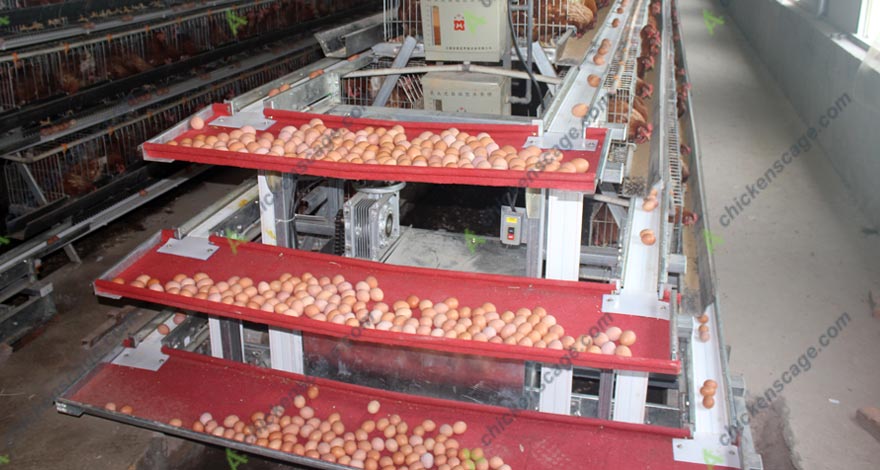
Features: manual operation, simple structure, low cost.
Applicable scenarios: small farms with low egg production and low labor costs.
Pros and cons comparison:
Pros: low investment and intuitive operation.
Disadvantages: low efficiency and easy to break.
Semi-automatic egg collection system
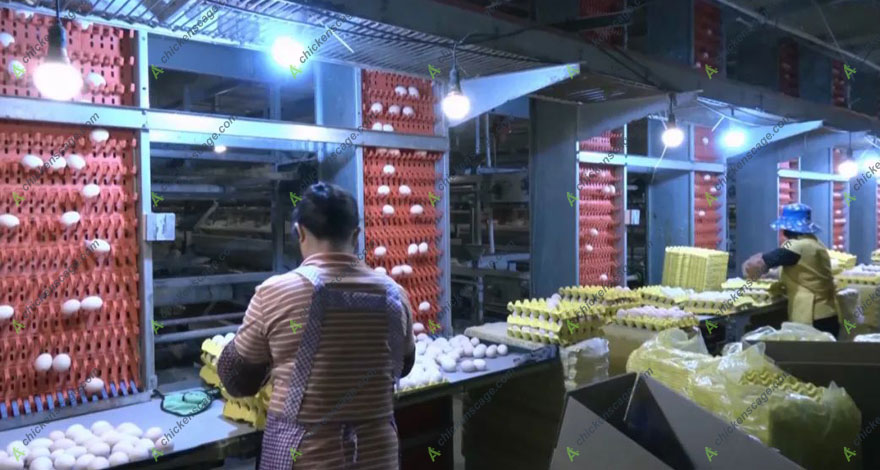
Features: The conveyor belt collects the eggs at the operation point, but manual transportation is required.
Applicable scenarios: medium-sized farms or customers with limited budgets but large egg production.
Pros and cons comparison:
Pros: high-cost performance and can save some manpower.
Disadvantages: some manual intervention is still required.
Fully automatic central egg collection system

Features: automatic collection and transportation of eggs, which can be connected with grading and packaging equipment.
Applicable scenarios: large-scale farms, especially producers with strict supply chain requirements.
Pros and cons comparison:
Pros: high efficiency, low labor demand, and intelligent operation.
Disadvantages: high initial investment cost.
Focusing on performance indicators when selecting an egg collection machine

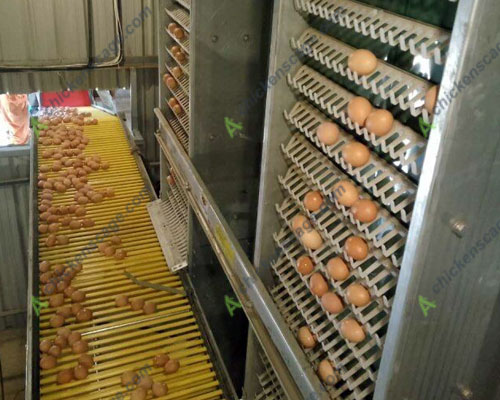
Egg collection efficiency
Does the maximum hourly processing volume meet the daily production requirements?
Egg protection performance
Is the conveying smooth? Is there a buffer device? Is the breakage rate lower than the industry standard (<1%)?
Durability and material quality
Is the material corrosion-resistant (especially in hot and humid environments)? Is the equipment life more than 5 years?
Cleanliness and hygiene
Is it easy to clean? Does it meet food safety standards (such as HACCP, and ISO certification)?
Budget planning and long-term benefit analysis
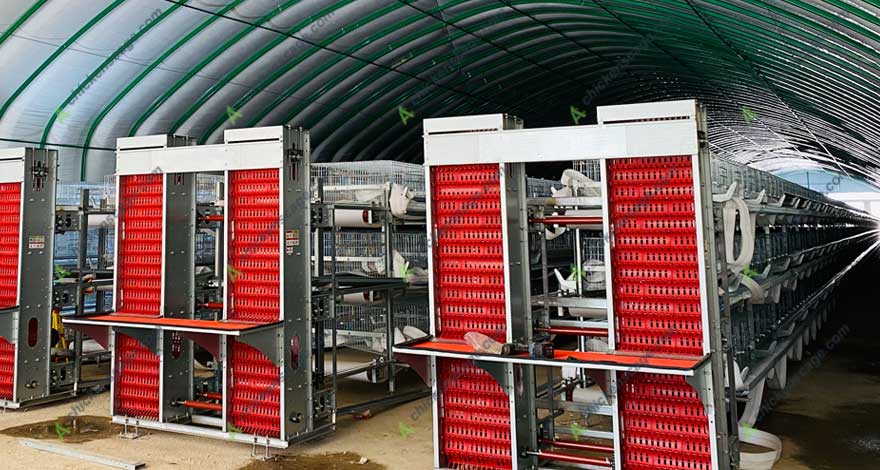
It is necessary to analyze the budget vs long-term benefit. The total cost mainly includes the purchase cost, transportation, and installation cost. The long-term benefit is gained from aspects such as the long-term reduced cost of labor, the long-term reduced loss from broken eggs, the long-term saved cost from less maintenance, and the long-term return on investment. A well-balanced final decision makes it easier to bring long-term benefits. Below is egg collection machine advice for different budgets.
Small budget (<20,000 RMB): Entry-level semi-automatic equipment.
Medium budget (20,000-50,000 RMB): Mid-range automation equipment with expansion capabilities.
High budget (>50,000 RMB): High-end fully automatic system with intelligent functions.
Considerations for brand and supplier selection
Brand reputation and market evaluation
Choose a brand with a good reputation, such as a well-known egg collection machine manufacturer in the industry. FAMtech has taken the lead as a professional poultry farm equipment supplier in China for 30 years.
Supplier service capabilities
Does the after-sales service cover installation and commissioning, operation training, and spare parts supply?
Case reference and field visit
Give priority to suppliers with successful application cases, and arrange a field visit to the equipment operation if necessary.
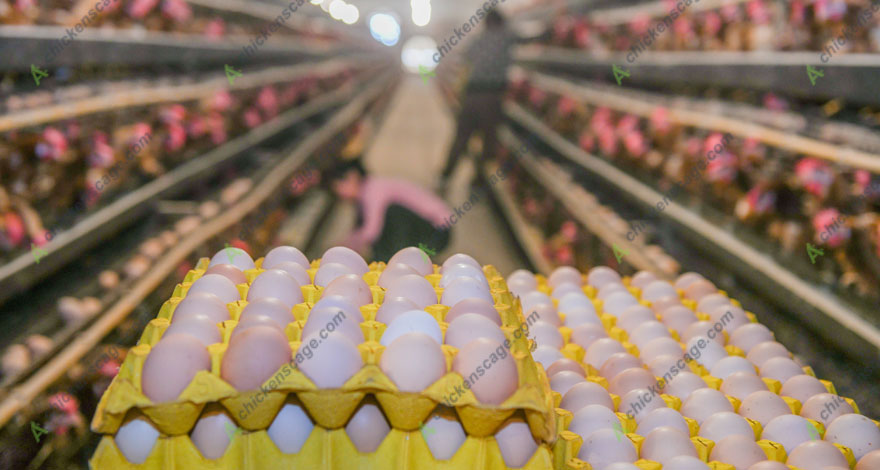
Final checklist before purchase
Equipment compatibility test
Is it fully compatible with the existing chicken house design and future upgrade plans?
Transportation and installation
Confirm whether the transportation costs and installation services are included in the quotation.
Policy compliance
Ensure that the equipment complies with local food safety and environmental protection policies.
Summary and suggestions
The selection of an egg collection machine should be based on the scale of the farm, budget, and long-term goals, starting from actual needs, and avoiding pursuing "high configuration" while ignoring cost-effectiveness.
Purchase steps:
- Clear demand and budget.
- Investigate brands and models.
- Connect with suppliers and conduct field visits.
- Sign a contract and confirm the terms of after-sales service.
Frequently Asked Questions (FAQ)
Q: What scenarios are suitable for the fully automatic egg collection system?
A: It is suitable for large-scale farms with high daily output, high efficiency, and low breakage rates, especially for enterprises supplying high-end markets or exports.
Q: How to maintain the egg collection equipment?
A: Clean the conveyor belt regularly, check the wearing parts (such as buffer pads and rollers), and perform professional maintenance according to the manufacturer's recommendations.
Q: What situations will lead to incorrect equipment selection?
A: Ignoring the scale of breeding, chicken house design, or future expansion plans, resulting in the equipment not being able to fully utilize its efficiency or wasting resources.

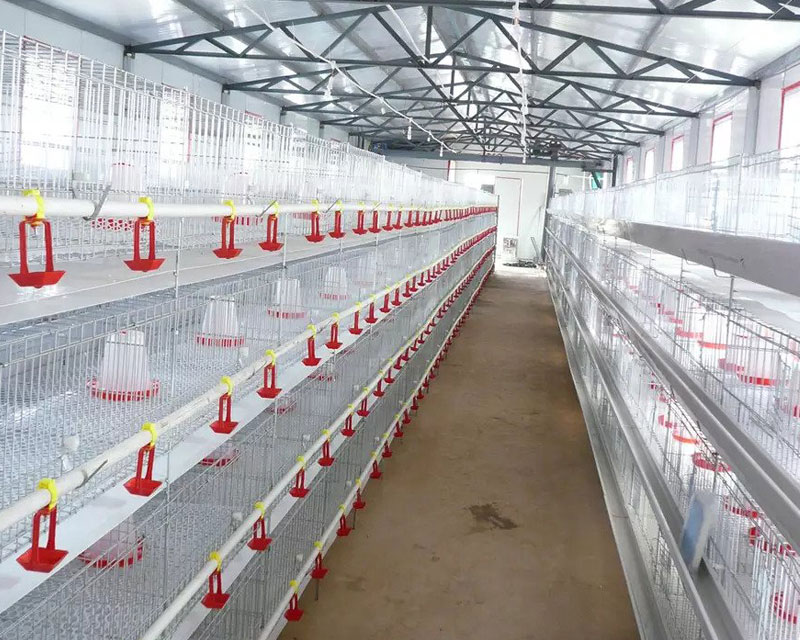 4 Tier H Type Broiler Cage Project In South Africa
4 Tier H Type Broiler Cage Project In South Africa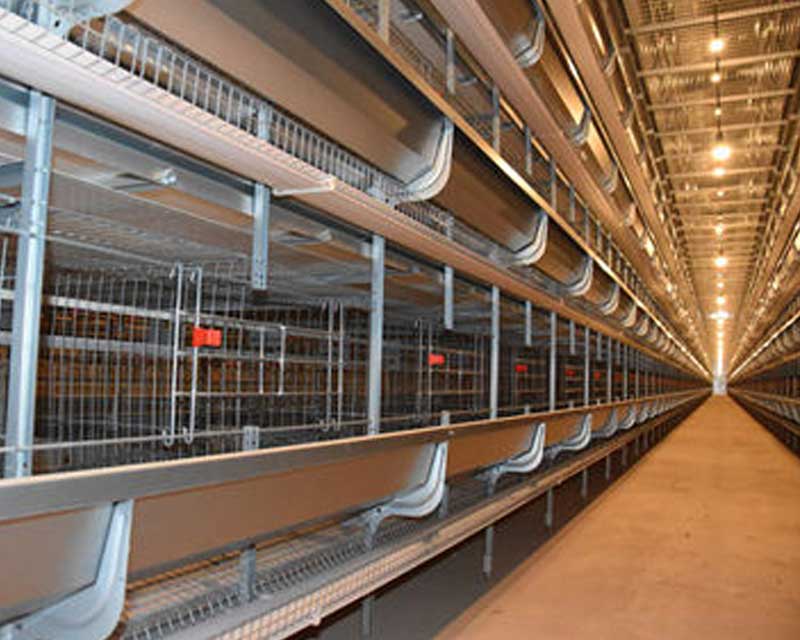 Layer Cage Project In Cuba
Layer Cage Project In Cuba H Type Layer Cage Project In Southeast Asia
H Type Layer Cage Project In Southeast Asia A Type Layer Cage Installed In West Africa
A Type Layer Cage Installed In West Africa Nigeria H Type Layer Cage Project
Nigeria H Type Layer Cage Project H Type Layer Cage Installed In Togo
H Type Layer Cage Installed In Togo